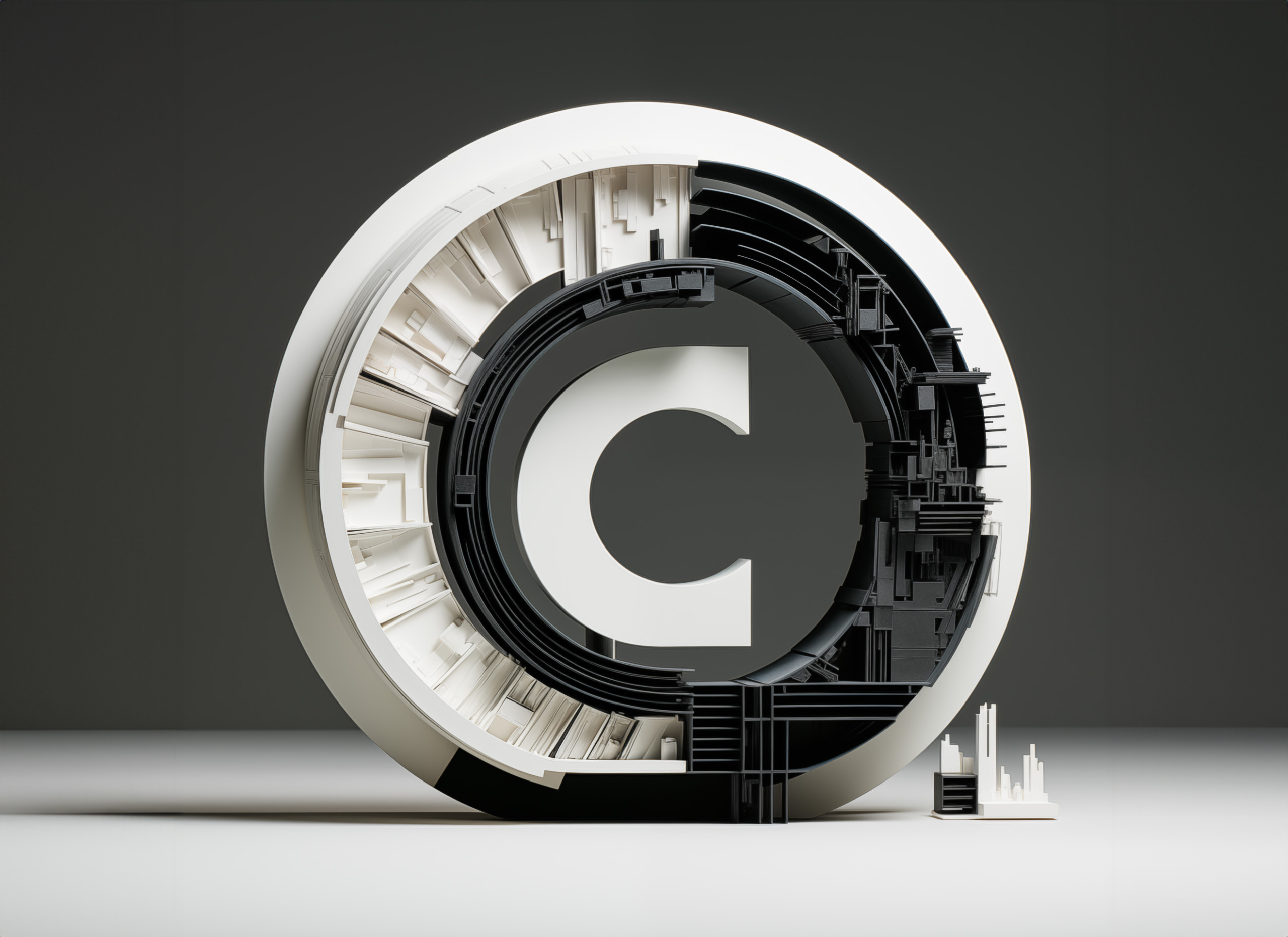Copyright In Architecture
In Israel the Copyright law relates to numerous forms of creative art works, like architecture, which may include structures, models, or drawings. The work must be original.
Copyright exists for the lifetime of the creator and for 70 years after his death.
The law provides protection to both the creator and the creation (intellectual property), allowing only the copyright owner to perform actions such as copying (in 2D or 3D) and publication.
Those who undertake these actions without the permission of the copyright holder violate the law. They may be required to pay compensation even without proving damage.
Architectural works, unlike other types of art like statues or pictures, are unique in that they are situated in public spaces, used daily by the public, and owned by others. Architectural buildings in public spaces can be photographed, painted, and sketched.
Additionally, it is permitted to use the work for research, criticism, and teaching purposes.
In commissioned works, such as architectural structures, the creator typically owns the copyright unless otherwise agreed upon.
Therefore, in agreements between architects and authorities or companies, as well as in competitions, clients often require the transfer of copyright to them.
In an architectural firm, the owner typically owns the copyright, even for works created by employees during their employment.
The law also grants moral rights – a personal and non-transferable right.
Moral rights protect the creator’s right to be credited for their work to an appropriate extent and prevent changes that could harm the work’s integrity, particularly changes that would damage the creator’s reputation.
Proper credit is crucial for the architect’s reputation. While project announcements usually mention the names of developers, lawyers, marketing offices, photographers, and imaging offices, sometimes the architect’s name is omitted.
Copyright is a complex issue that has been discussed in various court cases.
In law and in rulings, an attempt is made to maintain a balance between various interests:
• The client seeks to retain the right to the design to prevent replication in another identical building and to facilitate future changes to the building, even with a different architect.
• The architect aims to maintain the ability to publish his work, receive proper credit, and protect it from harm in the future.
• The public and users of the building want to preserve important architectural works while allowing adaptation to changing needs and standards over time.
Courts typically rule based on practical grounds, finding that changes to a structure do not violate moral rights as long as they are reasonable actions by the property owner and do not significantly harm the original work’s value.
Israel is in the middle ground regarding copyright. Positioned between the USA, where architects have no copyright and property owners can do as they wish, and Europe, where the creator’s rights are preserved and prioritized.
Tips:
When negotiating agreements with clients who wish to obtain copyright, it is advisable and reasonable to include several clauses:
• The architect will be allowed to use project materials for marketing purposes.
• Transfer of rights to the client will occur after full payment to the architect.
• Any publication of the project in various media, including the internet, television, and press, will include mention of the architect’s office, both on-site signs and in building publications.
